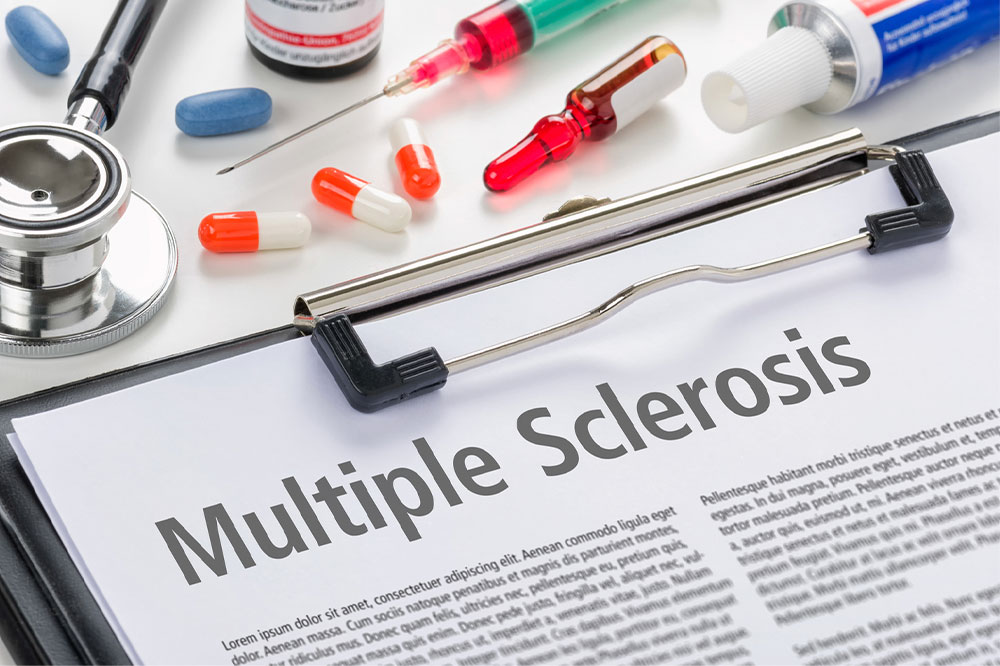3 tips to manage leukemia

Leukemia is an umbrella term for cancers affecting the blood and the body’s blood-forming tissues, called bone marrow. It reduces the body’s natural ability to fight various infections and diseases. Researchers believe leukemia occurs when the DNA in blood cells called leukocytes mutate or change. As with other forms of cancer, there’s no cure for leukemia, but there are multiple tried-and-tested ways to manage the condition and help make life easier:
Try these treatment options
One must explore these treatment options to manage leukemia:
BLINCYTO®
The FDA has approved BLINCYTO® (blinatumomab) for treating adults and children with B-cell precursor acute lymphoblastic leukemia (ALL). ALL is a form of leukemia in which the bone marrow makes too many lymphocytes, a type of white blood cell. BLINCYTO® is a targeted treatment targeting a specific protein on the leukemia cells so the immune system can identify and destroy them. It is typically prescribed to ALL patients in remission but has detectable traces of cancer and people whose cancer has returned or did not respond to other treatments. BLINCYTO® is usually administered to patients via the infusion pump. Some potential side effects include infections, fever, headache, face swelling, low or high blood pressure, and low counts of red blood cells, white blood cells, and platelets.
TASIGNA®
TASIGNA® (nilotinib) is an FDA-approved treatment for adults and children with Philadelphia chromosome-positive (Ph+) chronic myeloid (or myelogenous) leukemia (CML) in the chronic phase or accelerated phase. CML is cancer of the bone marrow that affects the type of cells called myelogenous but doesn’t cause any signs or symptoms in most cases. TASIGNA® is a tyrosine kinase inhibitor and works by targeting and binding to a protein called BCR-ABL, which is responsible for the uncontrolled growth of cells. It can be prescribed to those newly diagnosed Ph+ CML patients and people who don’t respond to other treatments. TASIGNA® is an oral treatment usually taken twice daily on an empty stomach. Some common side effects include nausea, diarrhea, rash, cough, headaches, constipation, runny or stuffy nose, tiredness, muscle pain, and joint pain.
Revamp your meal plans
No specific food or meal plan can cure or cause leukemia. However, eating healthy can help the body heal cells and tissues damaged during cancer treatment, boost the immune system, and reduce the risk of complications. Here are the best types of foods to eat for leukemia:
A wide variety of vegetables and legumes, such as spinach, broccoli, kale, cabbage, black beans, garbanzo beans, and green peas.
Fresh, antioxidant-rich fruits such as apples, blueberries, and strawberries.
Whole grains, such as brown rice, quinoa, and oats.
Low-fat protein sources, such as chicken, fish, and soy.
Healthy oils, such as olive oil or canola oil.
Fat-free or low-fat dairy products.
Leukemia treatments can weaken the immune system, making the body susceptible to infections, so one must avoid or eliminate anything raw or undercooked. Some common foods to avoid include:
Raw or undercooked fish or meat
Raw or undercooked eggs
Unpasteurized milk and fruit juices
Soft cheese made from unpasteurized milk
Raw sprouts, such as alfalfa sprouts
Foods from buffet or salad bars
Leukemia patients should also avoid foods that can worsen the side effects of treatments. Sugary foods and beverages such as cakes, donuts, sodas, and sports drinks; fatty foods such as french fries and potato chips; and spicy foods such as salsa, hot sauce, and curries must be avoided.
Make lifestyle changes
Healthy eating combined with certain lifestyle changes can help people with leukemia feel better and stronger during and even after the treatment. Some lifestyle changes to incorporate are:
Maintaining personal hygiene
Those with leukemia are at an increased risk of infections, including common ones like a cold or the flu. Practicing personal hygiene habits is crucial to reducing the risk of infections. These include washing hands thoroughly or sanitizing them several times a day, not visiting crowded places, avoiding touching eyes, mouth, and nose directly after coming into contact with objects and surfaces, and cleaning and disinfecting objects and surfaces frequently.
Exercising regularly
Leukemia and its treatment can take a toll on physical and mental health. A great way to simultaneously target both aspects of health is to exercise every day. It can help boost energy levels, strengthen the immune system, and improve the emotional state. Before beginning a new exercise program, it’s best to consult with a doctor. In general, health experts recommend starting with low-risk physical activities like walking and gradually increasing the intensity of exercises.
Minimizing stress
Stress contributes to poor mental health and can make living with leukemia more challenging. So, it’s vital to calm the mind and improve mood. One of the best ways to achieve and maintain a relaxed, happy state of mind is through meditation. There are various forms of meditation, and people can practice whatever works for them. Other excellent relaxation techniques include yoga, tai chi, and deep breathing exercise. It’s advisable to learn a relaxation technique from a trained professional.
Getting better sleep
Quality sleep helps keep the body energetic and mind calm, both of which are required to cope with the disease. Health experts advise getting 7 to 9 hours of sleep per night. Those having difficulty getting sufficient sleep should practice healthy sleeping habits, such as following the same sleep/wake schedule each night, creating a restful environment by keeping the room cool, dark, and quiet, and avoiding caffeine six hours before bedtime.






